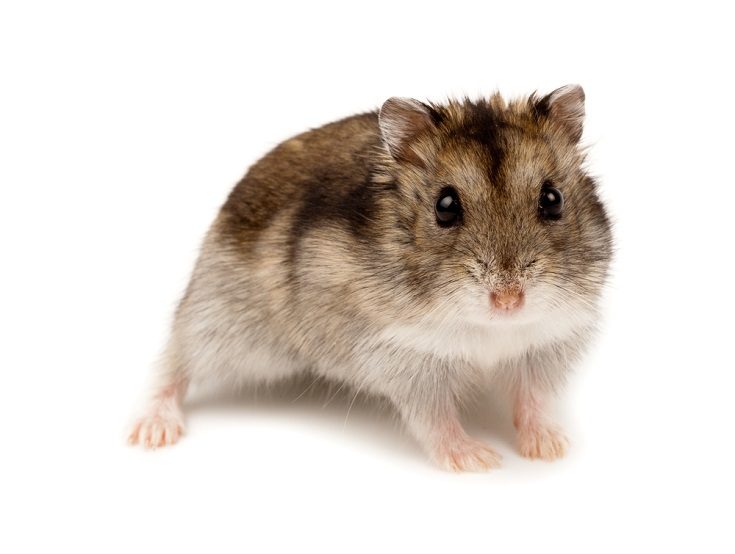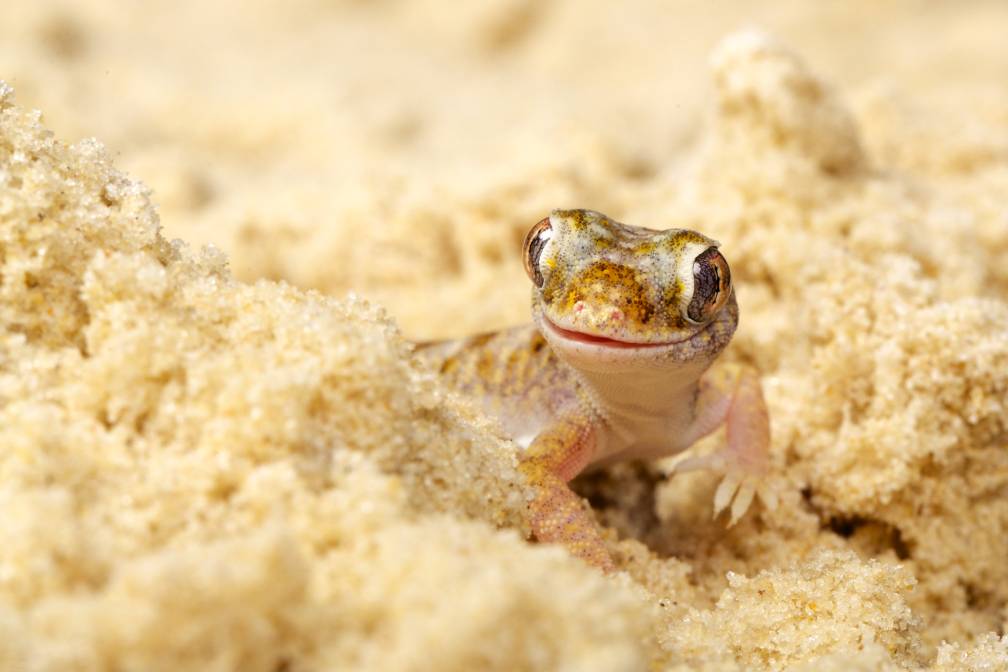
Hamsters are some of the most popular small pets to keep and they make excellent first pets for children. They can usually be handled relatively easily and aren’t dangerous creatures. There are many different types of hamsters on the market, but the most common is the golden or Syrian hamster, which we’ll use for the purposes of this article.
Since these are the same species and even the same breed, caring for them is quite similar. But there are still some notable differences separating male and female hamsters. In fact, you can’t even keep them together safely.
Unlike many creatures, females of this species tend to be a bit larger than males. But that’s just the start. The real differences between these little rodents are temperamental. To get a better idea of the different personalities that male and female hamsters display, we’re going to have to take a closer look at both.
Visual Differences

At a Glance
Female Hamster Overview

As mentioned, female hamsters are often larger than males, in contrast to many other species. But it seems that they’ve taken on traditionally male roles in other departments as well. That said, there are some female-specific traits they exhibit that separate them as well.
Baby Hamsters
One obvious difference between males and females is that only females can reproduce. If you want to breed your hamsters, you’ll need to get a female. Of course, not everyone plans to breed their hamsters, so you may not even consider this difference.
Musky Odors
Even if you don’t plan on breeding your female hamster, you’ll still have to deal with the consequences. These creatures go into heat every four days. During this time, they release odors that many describe as musky and foul. If you’re particularly sensitive to odors, this might make a female hamster a poor choice to keep as a pet.
Harder to Handle
It’s generally agreed that female hamsters are far more temperamental. They’re known to show more aggressive behavior and are considered to be more difficult to handle than males. It’s also true that females are more territorial than males, though both can exhibit territorial tendencies. This is why you can’t house them together. The two will fight, likely to the death.
Suitable for:
Female hamsters are a bit more difficult to handle than males, which means you’ll have to spend more time working with them if you want to hold them. This makes them a bad choice for anyone impatient. Likewise, they’re a poor option for anyone who’s sensitive to smells since they go into heat every four days and can exhibit noticeable odors.
Male Hamster Overview

In most species, the males tend to be the larger and more dominant creatures. But that’s not the case with hamsters. Not only are females larger, they’re often more dominant, territorial, and aggressive.
Easygoing & Easy to Handle
Male hamsters don’t show the same level of aggression that females are known to display. They can be territorial, though rarely as territorial as females usually are. Similarly, males aren’t known to show as much aggression. Females are often aggressive out of nature, but males generally are much calmer and friendlier.
It’s widely accepted that males are easier to handle than females. Since they’re less territorial, they’re less likely to get defensive or aggressive when you enter their space to handle them.
Grooming & Potential Hair Loss
Males have thicker, fuller coats than females. But this becomes a double-edged sword. If your hamster’s coat grows out long enough, it will require regular grooming to maintain. You may not have expected to devote time to grooming your hamster’s coat, but with some males, it’s necessary.
But there’s another drawback to this longer coat. Similar to humans, male hamsters’ coats often begin to thin as they age. Eventually, this can result in full-blown hair loss, which can make for a patchy-appearing hamster.
Suitable for:
Males are generally friendlier and less aggressive than females. If you want to handle your hamster often, males are a better choice. They’re a better option for children also, who are more likely to trigger a female hamster’s aggression or territorial behaviors. But be aware that there might be more care involved with a male if their coat grows long enough.
Temperamental Differences
Caring for male and female hamsters is very similar. So, the main difference that will help you decide which to buy is in their temperaments. Males are friendlier creatures that are considered to be easier to handle. If you’re looking for an affectionate furball to cuddle up with, you might have better luck with a male.
Females are larger than males, but they also have more aggressive tendencies. They’re far more territorial, and they might display that when you reach into their enclosure to get them. Females are considered more difficult to handle, and you’ll need patience if you want to work with a female hamster.

Which Breed Is Right for You?
Neither option is a bad choice, but they’re different. If you’re purchasing a hamster as a first-time pet for a child, then a male is likely a better choice. They’re more docile and friendly. Plus, your child will have a much easier time holding a male since they’re not as territorial or aggressive.
Females can still make excellent pets, but you have to be aware that they’re going to require a bit more patience. They also might be accompanied by foul odors. Of course, if you want to make little hamster babies, then you’re going to need both. Just remember not to keep them together as it will result in fighting and the possible injury of your hamsters.
Featured Image Credit: Top – Shutterbug75, Pixabay | Bottom – Shutterbug75, Pixabay










